Description
Behangselschildering met bacchante by Jurriaan Andriessen printed on a T-Shirt
About the T-Shirt
Regular fit
Standard length, the fabric easily gives into movement
Casual wear
A classic, everyday option loved by our customers
Side-seamed
Constructed by sewing two parts together, creating a fitted look
The Unisex Staple T-Shirt feels soft and light with just the right amount of stretch. It’s comfortable and flattering for all. We can’t compliment this shirt enough–it’s one of our crowd favorites, and it’s sure to be your next favorite too!
- Solid colors are 100% Airlume combed and ring-spun cotton
- Ash color is 99% combed and ring-spun cotton, 1% polyester
- Heather colors are 52% combed and ring-spun cotton, 48% polyester
- Athletic and Black Heather are 90% combed and ring-spun cotton, 10% polyester
- Heather Prism colors are 99% combed and ring-spun cotton, 1% polyester
- Fabric weight: 4.2 oz./yd.² (142 g/m²)
- Pre-shrunk fabric
- 30 singles
- Side-seamed construction
- Tear-away label
- Shoulder-to-shoulder taping
- Blank product sourced from Nicaragua, Mexico, Honduras, or the US
Jurriaan Andriessen (1742-1819)
Jurriaan Andriessen was a Dutch decorative painter and graphic artist.
His father was from Brandenburg and his mother was from Holstein. He began his art studies at the age of twelve with the decorative painter Anthony Elliger. Four years later, he worked with Jan Maurits Quinkhard. In 1760, he attended the Technical School in Amsterdam and was awarded first prize for his graduation work in 1766. That same year, he was accepted as a member of the Guild of Saint Luke and received a major order for wall decorations at the Huis te Manpad in Heemstede.
He worked with Johannes van Dreght and Reinier Vinkeles. In 1770, he was married. The couple settled in Amsterdam, where he and Izaäk Schmidt (1840-1818) opened a workshop for making painted wallpaper. His brother Anthonie, who was a carriage painter, also became involved in the business. Idyllic, mythological landscapes were his most popular product. Toward the end of the Eighteenth-century, the interest in painted wallpaper declined, so he joined with Hermanus Numan to paint theatrical scenery; most notably for the Schouwburg of Van Campen.
In addition, he was a notable teacher, whose students include Jan Bulthuis, Jacques Kuyper, Gerrit Jan Michaëlis, Jacobus Schoemaker Doyer, Wouter Johannes van Troostwijk and Johann Georg Ziesenis as well as his son, Christiaan.
In 1799, he suffered a stroke that left him partially paralyzed. In all, he produced over 200 wallpaper designs, many of which are in the collection of the Rijksmuseum. Very few are still to be seen in their original locations. The museum also has his diary, meticulously kept over the course of twenty years.

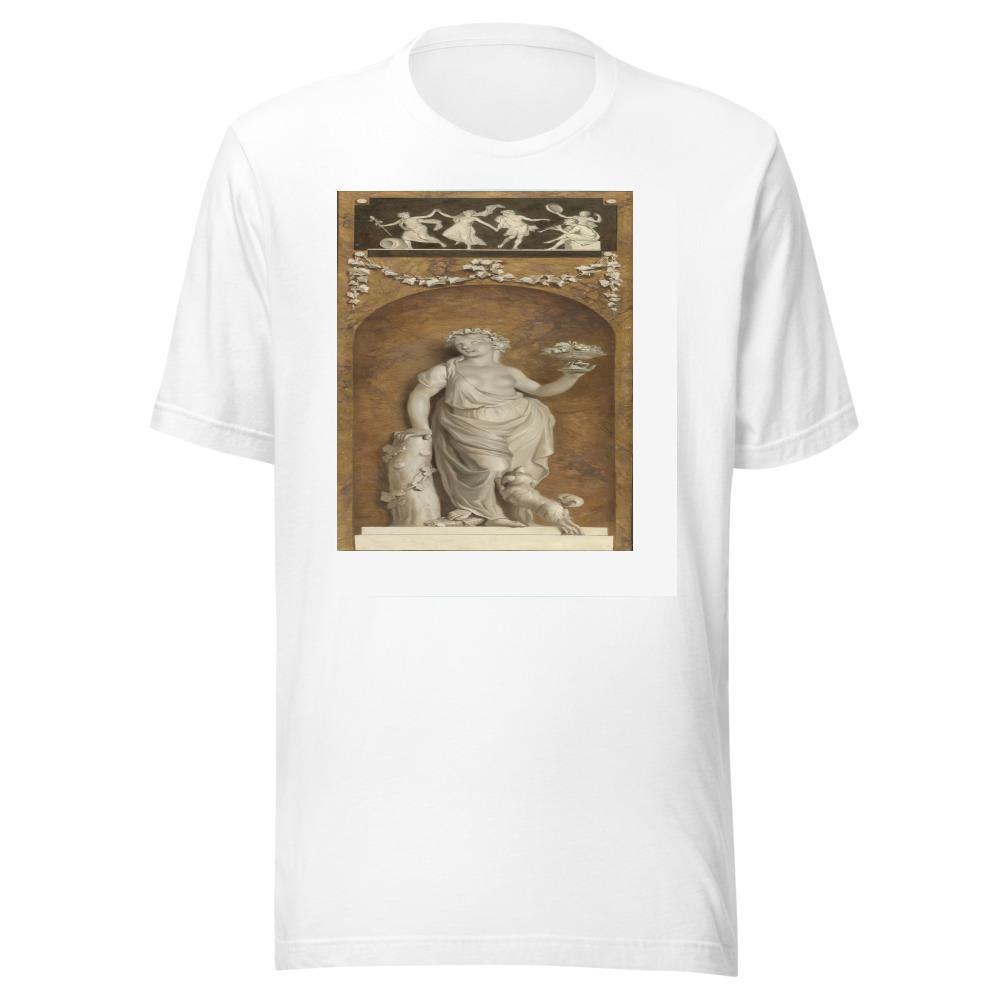
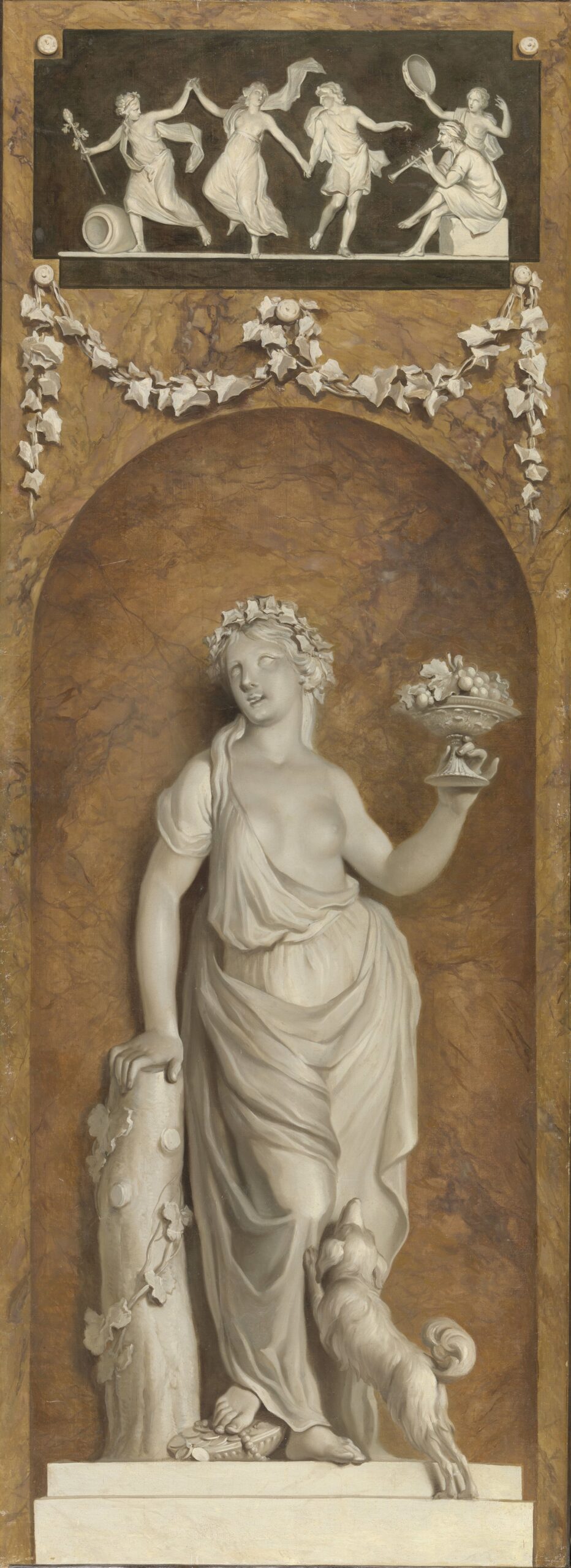
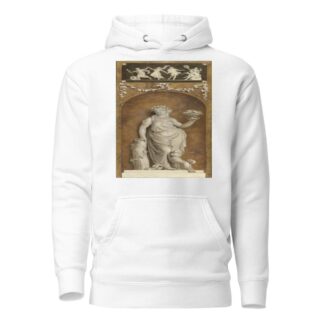
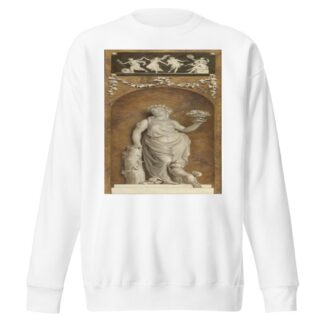
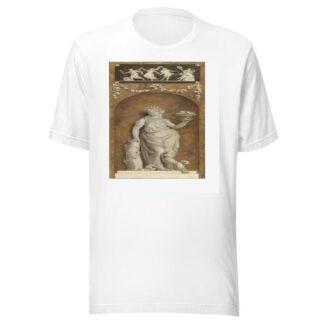
Reviews
There are no reviews yet.